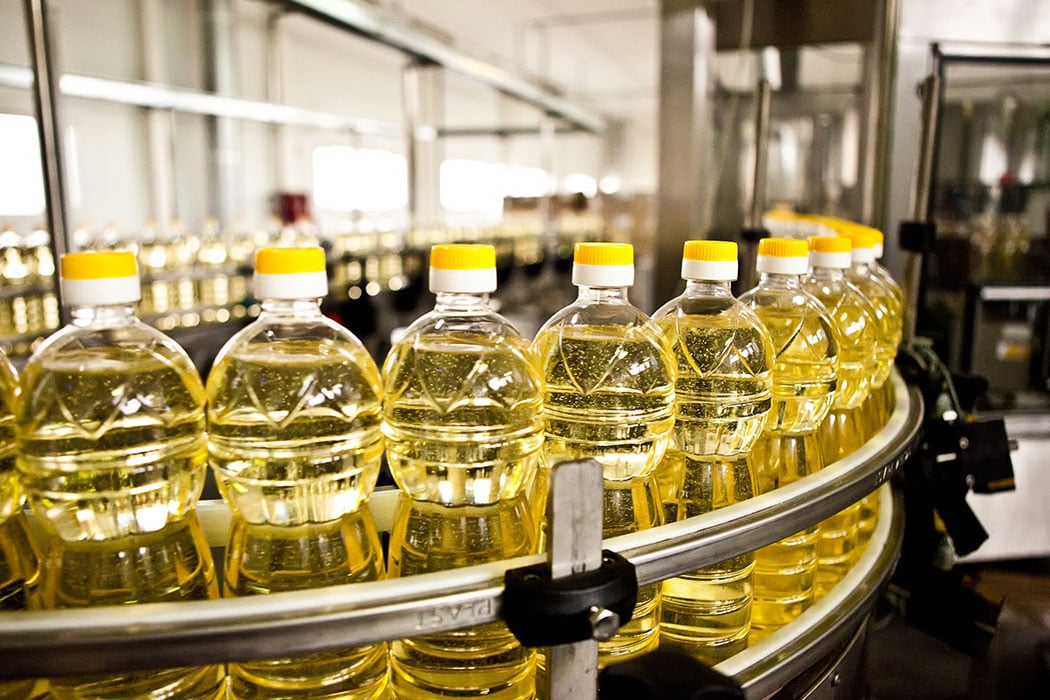
When most of us think about food safety, we think about how our food is produced: what pesticides were used in growing produce, whether livestock was given antibiotics, or if the food was genetically modified. But the risks don’t stop there. Errors in commercial food packaging present a significant health risk to consumers, ranging from allergic reactions to illnesses caused by contaminants.
For the packager, costs add up fast: recalls, fines, lawsuits, and lost sales just to name a few. Understanding common errors in commercial food packaging and learning how to prevent them through the careful use of food service supplies goes a long way toward protecting both your customers and your own bottom line.
Labels
1. Undisclosed Ingredients
Due to the seriousness of some food allergies, mislabeling is perhaps the most dangerous mistake in commercial food packaging. Living with a food allergy takes an extraordinary amount of care – especially for parents of highly allergic children – and one missing ingredient can undermine all that effort, leading to disaster. Unfortunately, mislabeling is far from uncommon. According to the FDA, mislabeling is the most common reason behind food recalls. Overall, an average of five food products are recalled per week due to undisclosed ingredients, and about half of those have to do with milk and eggs, both of which are considered major allergens.
To combat this problem, food processors must take steps to prevent cross-contamination (where a food comes into contact with an allergen that isn’t one of its ingredients) and to correctly label any products in which cross-contamination is possible. (You’ve probably seen “may contain” labels on food you’ve purchased.) Food packagers can do their part by establishing a process for receiving ingredient updates from producers and for implementing those changes immediately.
2. Mismatched Labels
Other labeling errors occur when the ingredient list is printed correctly, but the wrong label is put on the wrong package. The end result is the same, however: the presence of an ingredient that isn’t on the label. Stringent quality control measures are the best way to prevent that type of error. Since this type of error often occurs when more than one SKU is printed on the same sheet of labels, best practices include refusing to mix SKUs on the same sheet of labels and designing the labels to be visually distinct enough that an out-of-place label would be obvious.
3. Illegal Product Identification
Depending on its ingredients and its method of processing, different products cannot be labeled as what they most closely resemble. For example, processed cheese – or cheese that includes emulsifiers, preservatives, and food coloring, among other things – cannot be labeled as cheese. In fact, the FDA regulates the naming of cheese based on their milk fat and moisture content; a product must be labeled as “pasteurized process cheese product” if it contains less than 51% cheese.
Packaging
In some cases, the very food service supplies in commercial food packaging that are supposed to protect the product inside can contaminate an otherwise safe item. There are several ways this can happen:
4. Ink Contamination
Not all ink is approved for use with food. If that ink comes into contact with the food surface, there’s a potential for chemicals and odors to be transferred to the food. It’s also possible for inks to migrate through the packaging materials, contaminating the food even without surface-to-surface contact.
In addition to chemicals, some inks that are approved for use with food contain potential allergens (soy, for instance). The solution is careful procurement such as buying only inks that are FDA-approved to be used with food and using appropriate coatings to make sure that no inks come into contact with the food surface. Another option is to use interior packaging to provide a barrier between the ink and the food.
5. Other Packaging Contaminants
Ink isn’t the only packaging material that can contaminate food. In fact, scientists have identified 4,000 chemicals present in food packaging, and many suspect that there even more. Some of those chemicals have been associated with lowered fertility, cancer, and endometriosis. The solution is to establish procurement procedures that guarantee any product that comes in contact with the food surface has been approved for use with food and is capable of acting as a functional barrier between the food and other packaging materials.
6. External Contaminants
Sometimes food service supplies can introduce outside contaminants into the food, such as when packaging materials touch the floor or other unsanitary surfaces. Even the air and water used in commercial food packaging can introduce contaminants. Air used in applying film coverings to dairy products, for example, has to be filtered to prevent microbial contamination. This type of contamination can usually be avoided by establishing both stringent processes as well as quality-assurance steps to make sure the processes are followed.
7. Packaging Workers
Even if all your other packaging variables are hygienic, you still need to take into consideration the cleanliness of the workers packaging the products. This means that they need to be personally hygienic, but also understand proper sanitization procedures for equipment and surfaces. A training program or an international food safety standard awareness training is necessary to make sure your packaging stays unadulterated.
The packaging used in food production is more important than most people realize. Packagers have a direct role in guaranteeing consumer safety. To fulfill that responsibility, it’s critical to invest in quality food service supplies and to establish solid processes that are followed every time.
Editor's Note: This blog was originally published January 1, 2015 and has since been updated and expanded upon with new information.

About Michael Wilson
Michael Wilson is AFFLINK'S Vice President of Marketing and Communications. He has been with the organization since 2005 and provides strategic leadership for the entire supply chain team. In his free time, Michael enjoys working with the Wounded Warrior Project, fishing, and improving his cooking skills.





